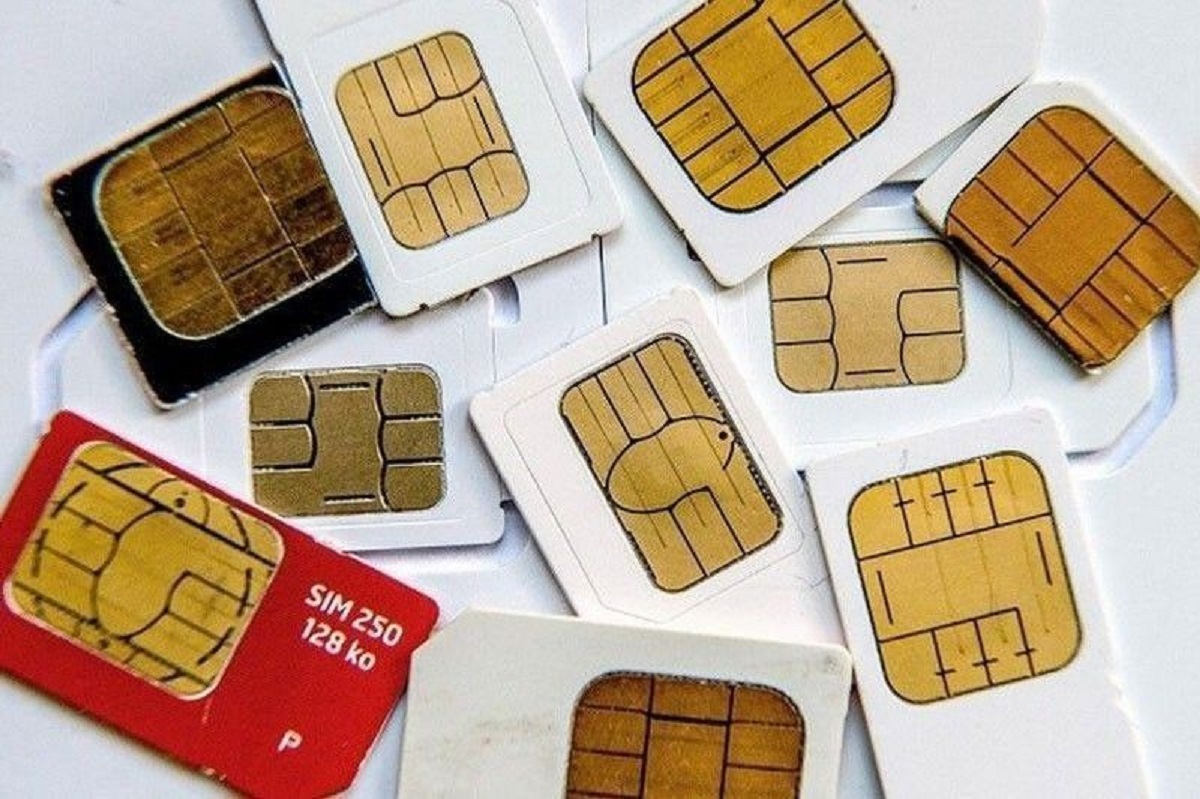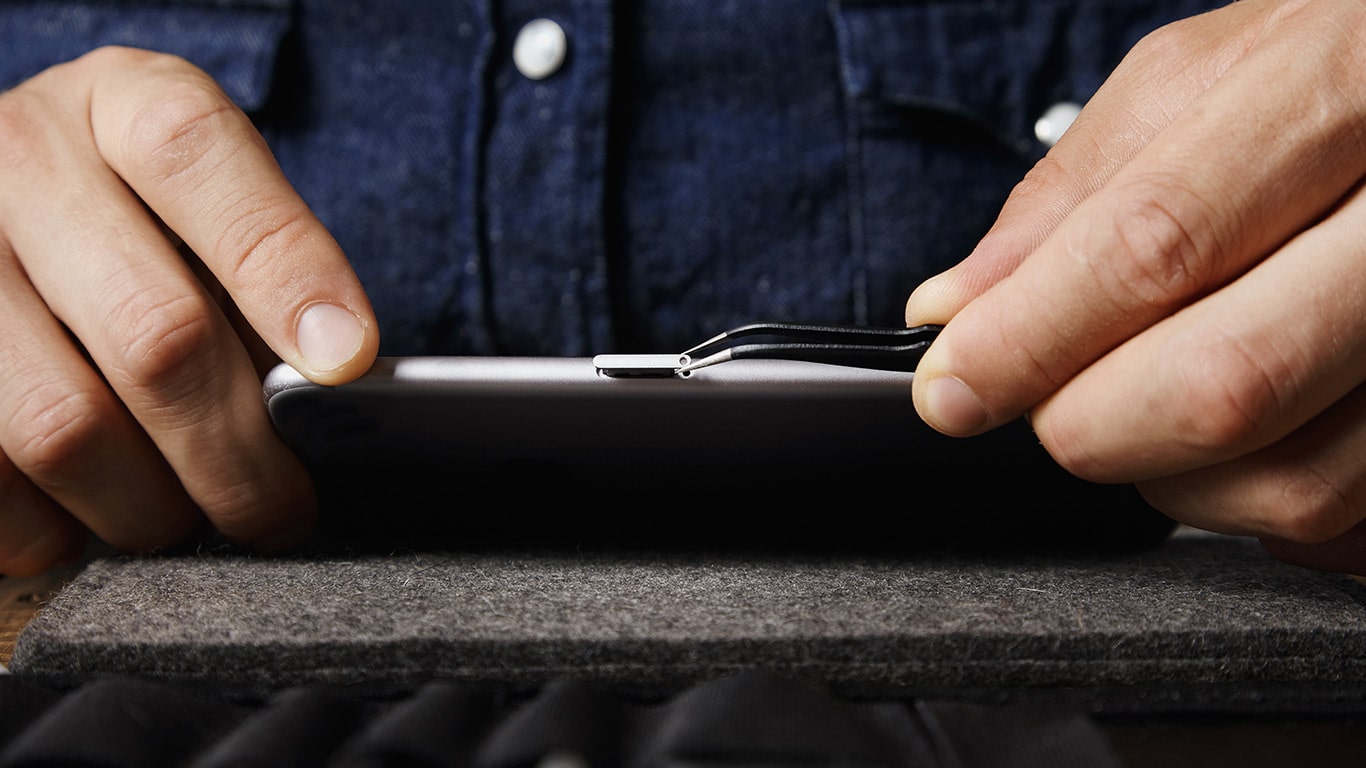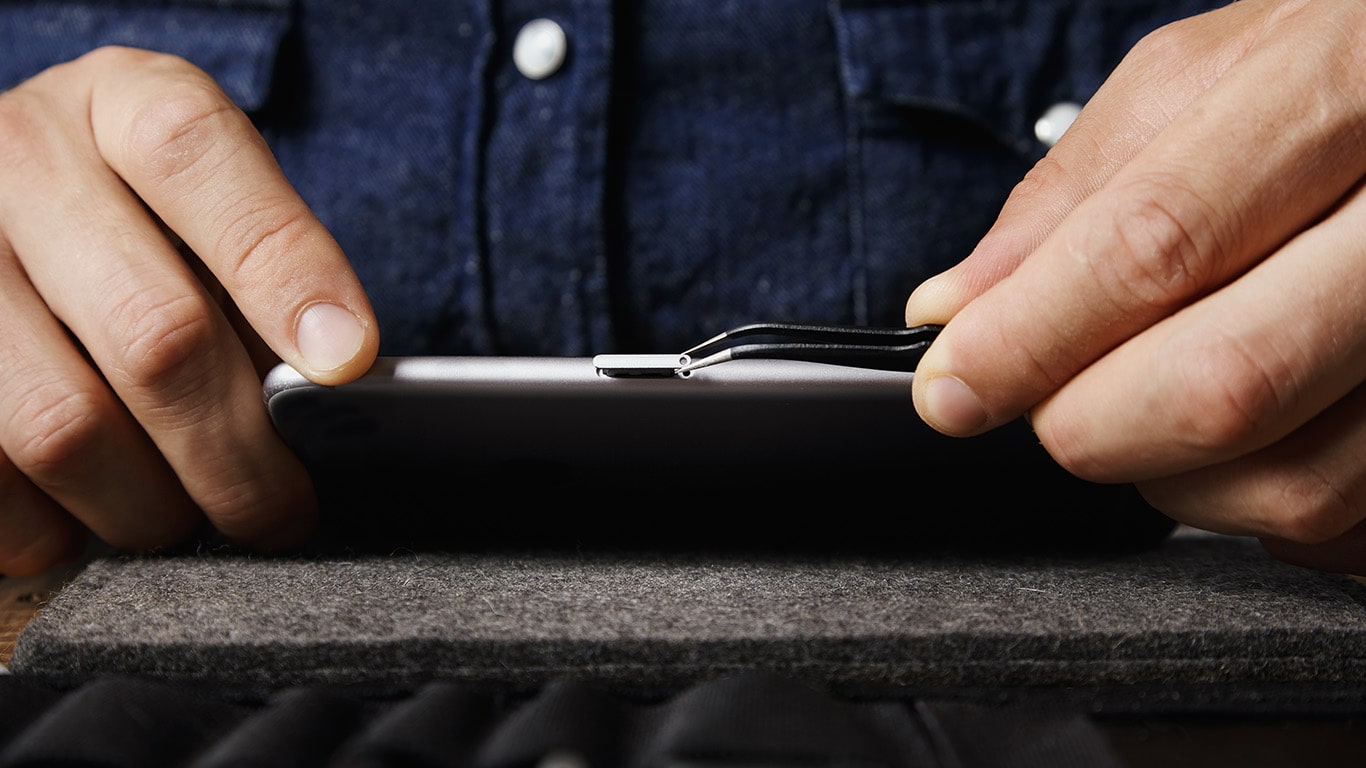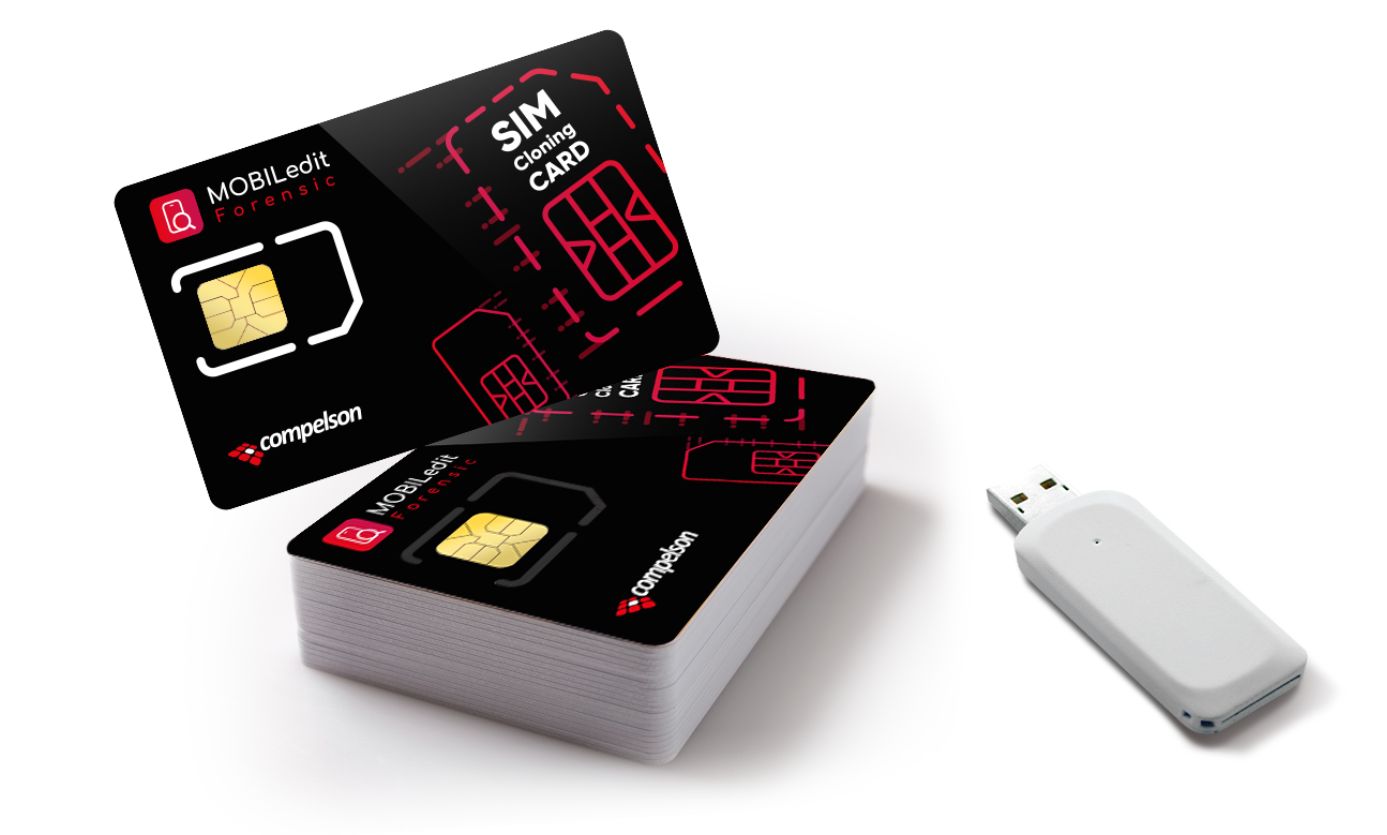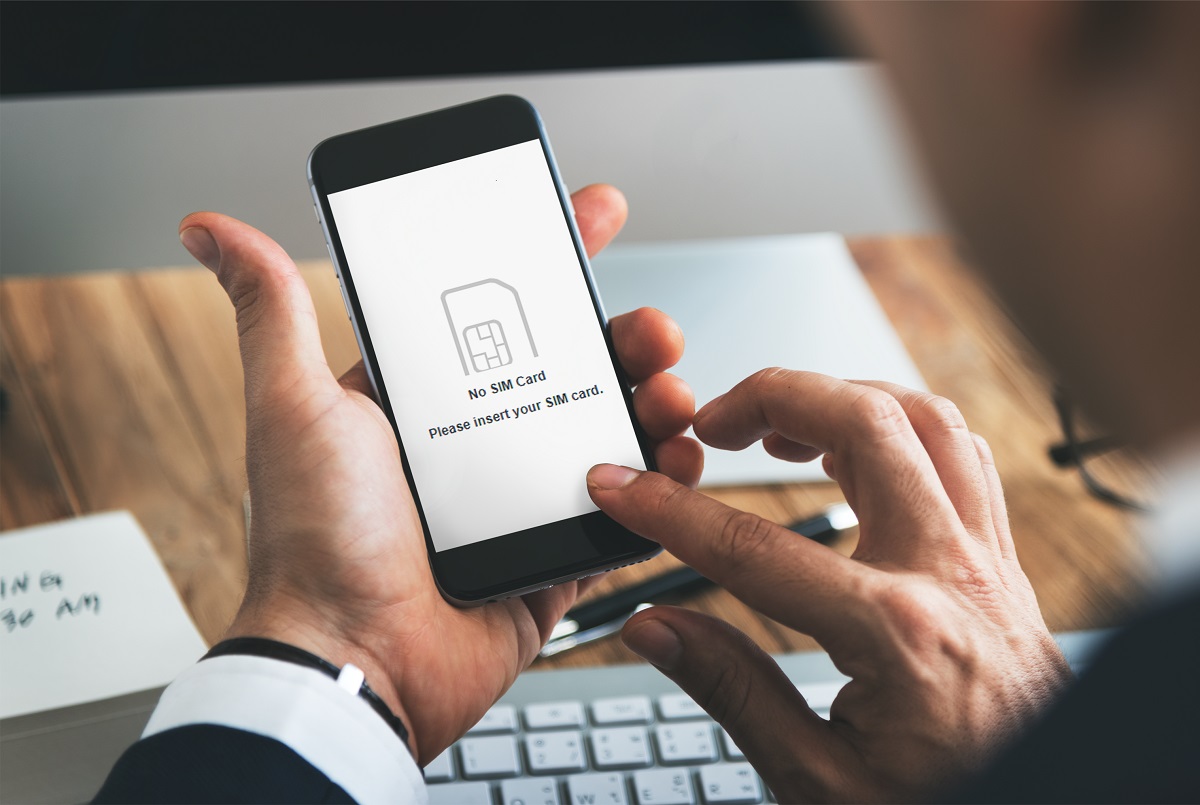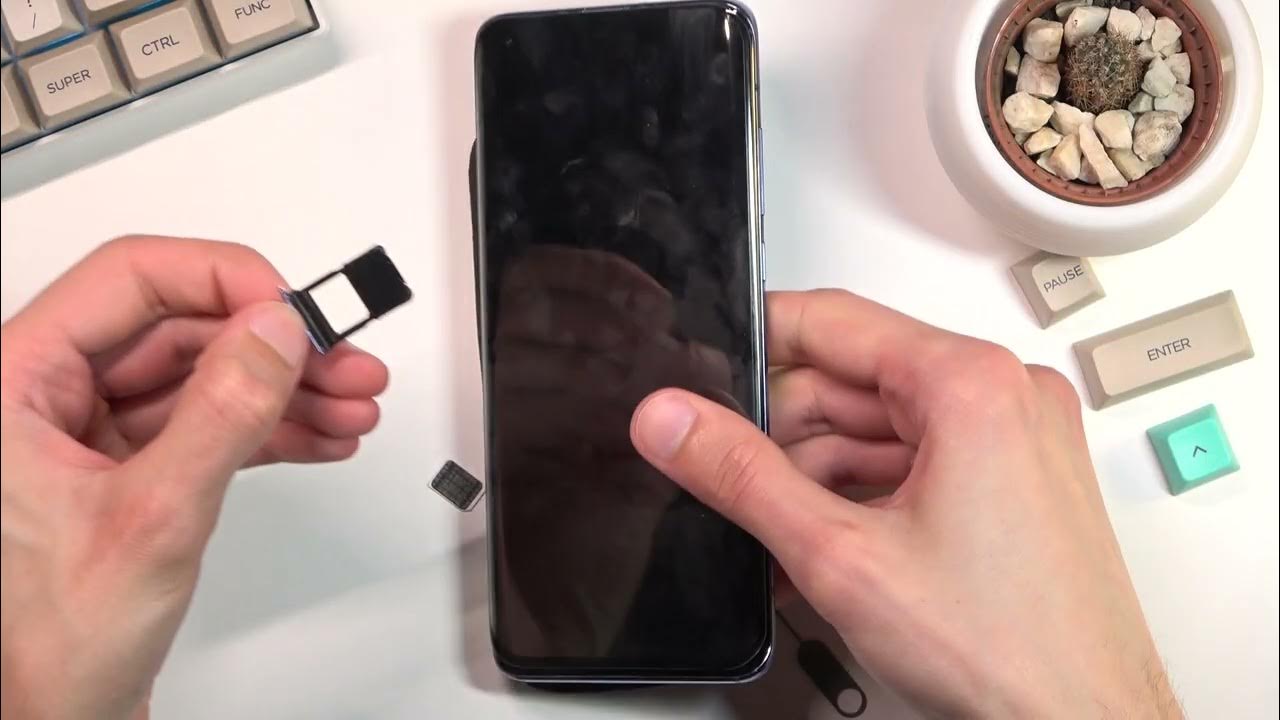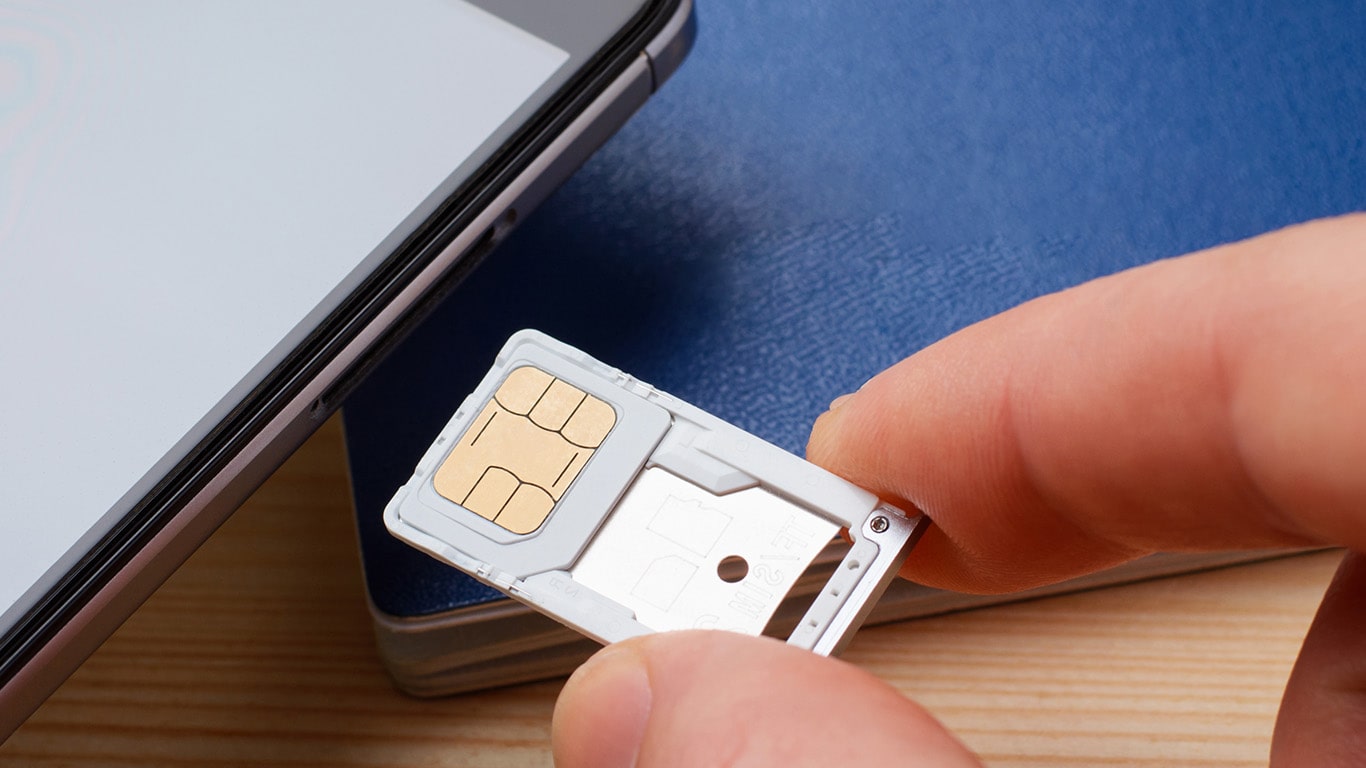Introduction
In today's hyper-connected world, mobile devices have become an indispensable part of our daily lives. From staying in touch with loved ones to managing business affairs on the go, our reliance on smartphones and other mobile gadgets is undeniable. At the heart of these devices lies a tiny yet crucial component known as the Subscriber Identity Module (SIM) card. This minuscule chip holds the key to our digital identity, enabling us to make calls, send texts, and access mobile data services.
Despite its diminutive size, a damaged SIM card can wreak havoc on our connectivity and disrupt the seamless flow of our digital interactions. Whether it's due to physical damage, exposure to extreme temperatures, or simply wear and tear, a malfunctioning SIM card can lead to a host of inconveniences and frustrations. From being unable to make calls or send messages to losing access to critical mobile services, the repercussions of a damaged SIM card can be far-reaching and disruptive.
However, all is not lost when faced with a damaged SIM card. There are a variety of solutions and workarounds that can help mitigate the impact of a malfunctioning SIM card, ranging from simple troubleshooting steps to obtaining a replacement from your mobile service provider. By understanding the consequences of a damaged SIM card and being aware of the available solutions, you can navigate through these challenges with confidence and minimize the disruptions to your mobile connectivity.
In the following sections, we will delve into the consequences of a damaged SIM card, shedding light on the potential disruptions it can cause to your mobile experience. Furthermore, we will explore a range of practical solutions and proactive measures that can be taken to address a damaged SIM card, ensuring that you are well-equipped to tackle this common yet impactful issue in the realm of mobile devices.
Consequences of a Damaged SIM Card
A damaged SIM card can lead to a cascade of frustrating and disruptive consequences, impacting various aspects of our mobile connectivity and digital interactions. When a SIM card is compromised, whether due to physical damage, exposure to moisture, or prolonged use, the repercussions can manifest in several ways:
-
Loss of Connectivity: One of the most immediate and noticeable consequences of a damaged SIM card is the loss of connectivity. This can manifest as an inability to make or receive calls, send text messages, or access mobile data services. The sudden disruption in communication can be particularly distressing, especially in situations where staying connected is crucial.
-
Inconsistent Network Access: A damaged SIM card may result in erratic network access, leading to dropped calls, intermittent mobile data connectivity, and unreliable reception. This inconsistency can hamper the smooth functioning of everyday tasks that rely on a stable network connection, such as accessing emails, participating in video calls, or browsing the internet.
-
Data Loss and Corruption: In some cases, a damaged SIM card can lead to the loss or corruption of stored data, including contact information, text messages, and network settings. This can be a significant inconvenience, requiring the arduous task of reconstructing contact lists and restoring personalized settings.
-
Security Concerns: A compromised SIM card can pose security risks, potentially exposing sensitive information stored on the device. This can include personal contacts, call logs, and even financial transaction details if mobile payment services are linked to the SIM card. The vulnerability introduced by a damaged SIM card underscores the importance of promptly addressing the issue to safeguard personal data.
-
Service Disruptions: Beyond individual device usage, a damaged SIM card can disrupt access to critical mobile services, such as mobile banking, two-factor authentication, and location-based services. These disruptions can impede everyday activities and limit the functionality of various apps and services that rely on seamless connectivity.
In summary, the consequences of a damaged SIM card extend beyond mere inconvenience, impacting fundamental aspects of our mobile experience. From disrupting communication to jeopardizing data security, the ramifications of a malfunctioning SIM card underscore the need for swift resolution and proactive measures to mitigate these disruptions. Understanding these consequences is crucial in recognizing the urgency of addressing a damaged SIM card and seeking viable solutions to restore seamless mobile connectivity.
Solutions for a Damaged SIM Card
When faced with a damaged SIM card, it's essential to explore a range of solutions and proactive measures to address the issue and restore seamless mobile connectivity. Here are several practical solutions that can help mitigate the impact of a malfunctioning SIM card:
-
Basic Troubleshooting:
- Begin by powering off your device, removing the SIM card, and carefully inspecting it for any visible damage or debris. Gently clean the SIM card and the SIM card slot with a soft, dry cloth to remove any dust or residue that may be affecting the connection. Reinsert the SIM card and restart your device to see if the issue is resolved.
-
Check for Compatibility:
- If you've recently switched to a new device or obtained a replacement SIM card, ensure that the SIM card is compatible with your specific device and network. Incompatibility issues can lead to connectivity problems, so verifying compatibility can help troubleshoot the root cause of the SIM card malfunction.
-
Contact Mobile Service Provider:
- Reach out to your mobile service provider to report the issue with your SIM card. They can provide guidance on potential solutions, including troubleshooting steps tailored to your device and network. In some cases, they may offer to replace the damaged SIM card with a new one, ensuring seamless connectivity.
-
SIM Card Replacement:
- If the damage to the SIM card is irreparable or if it has been compromised due to physical damage or exposure to moisture, obtaining a replacement SIM card from your mobile service provider is a viable solution. This involves deactivating the damaged SIM card and activating a new one with the same mobile number and associated services.
-
Data Transfer and Backup:
- Before replacing the SIM card, ensure that any important data stored on the existing SIM card, such as contact information and text messages, is backed up or transferred to the device's internal storage or cloud-based services. This safeguards valuable data and streamlines the transition to a new SIM card.
-
SIM Card Reader/Writer Tools:
- In cases where the SIM card itself is not physically damaged but is experiencing connectivity issues, using a SIM card reader/writer tool can help diagnose and potentially resolve the problem. These tools allow for direct access to the data stored on the SIM card and can aid in troubleshooting connectivity issues.
By exploring these solutions and taking proactive steps to address a damaged SIM card, individuals can navigate through the challenges posed by connectivity disruptions and ensure that their mobile devices remain reliable and functional. Whether through basic troubleshooting, seeking assistance from the mobile service provider, or obtaining a replacement SIM card, the availability of practical solutions empowers users to overcome the impact of a malfunctioning SIM card and restore seamless connectivity to their mobile devices.
Conclusion
In conclusion, the repercussions of a damaged SIM card can significantly disrupt our mobile connectivity and digital interactions, impacting essential aspects of our daily lives. From the loss of communication capabilities to potential data security concerns, the consequences of a malfunctioning SIM card underscore the urgency of addressing this issue promptly and effectively.
However, amidst these challenges, there exists a range of practical solutions and proactive measures that can help mitigate the impact of a damaged SIM card. By engaging in basic troubleshooting, verifying compatibility, and seeking assistance from mobile service providers, individuals can navigate through connectivity disruptions and restore seamless functionality to their mobile devices. Furthermore, the option of obtaining a replacement SIM card ensures that users can swiftly address irreparable damage and regain uninterrupted access to critical mobile services.
It is crucial for individuals to recognize the significance of their SIM card's condition and take proactive steps to address any signs of damage or malfunction. By staying attentive to the health of their SIM cards and promptly addressing any issues that arise, users can maintain a reliable and consistent mobile experience.
Ultimately, understanding the consequences of a damaged SIM card and being aware of the available solutions empowers individuals to navigate through connectivity disruptions with confidence. By taking proactive measures and leveraging practical solutions, users can minimize the impact of a malfunctioning SIM card and ensure that their mobile devices remain reliable and functional, facilitating seamless communication and access to essential mobile services.
In the ever-evolving landscape of mobile technology, the resilience and adaptability of users in addressing common issues such as damaged SIM cards play a pivotal role in maintaining a seamless and uninterrupted mobile experience. By staying informed and proactive, individuals can effectively mitigate the disruptions caused by a damaged SIM card, ensuring that their connectivity remains robust and dependable in the digital age.







